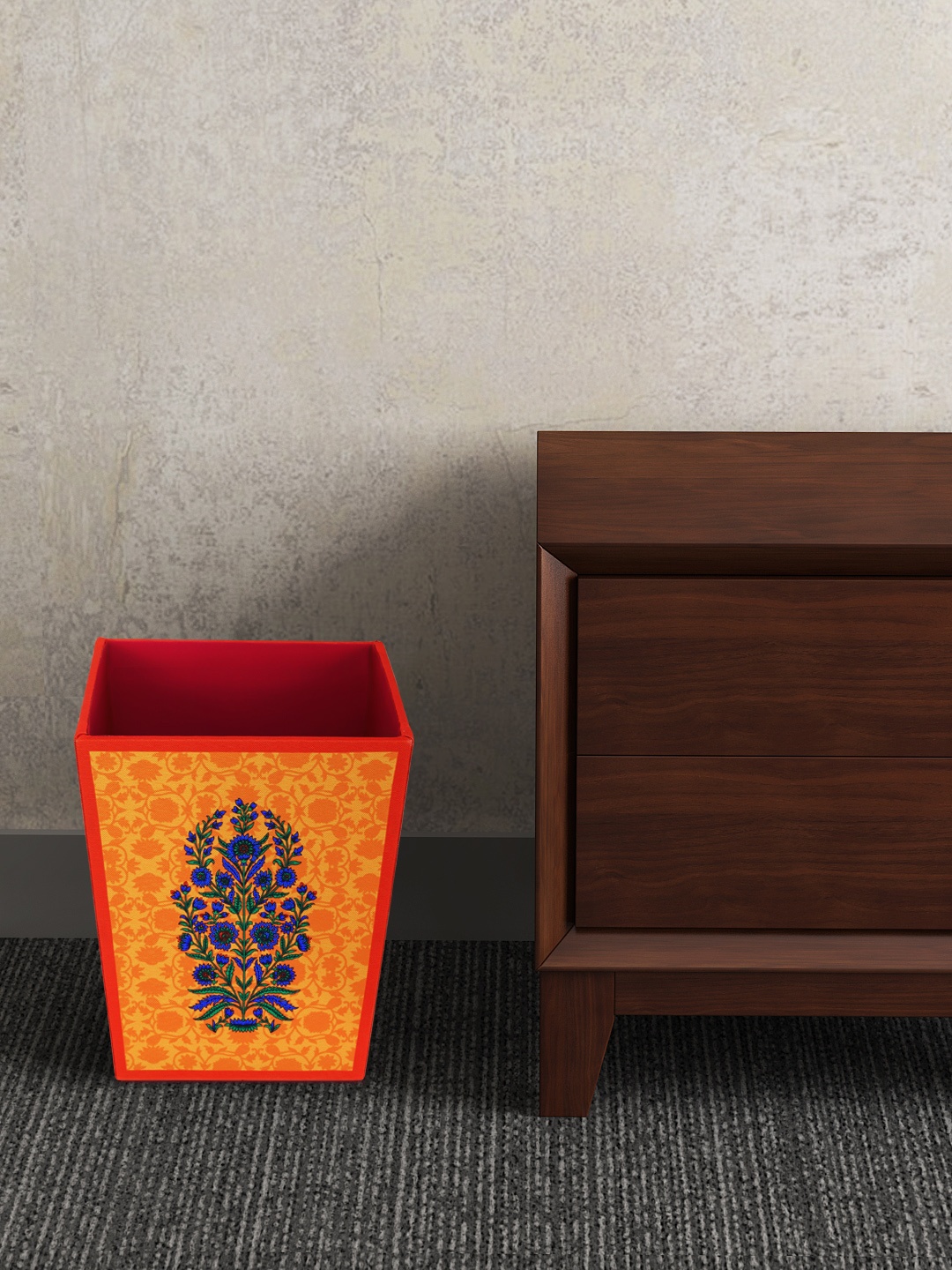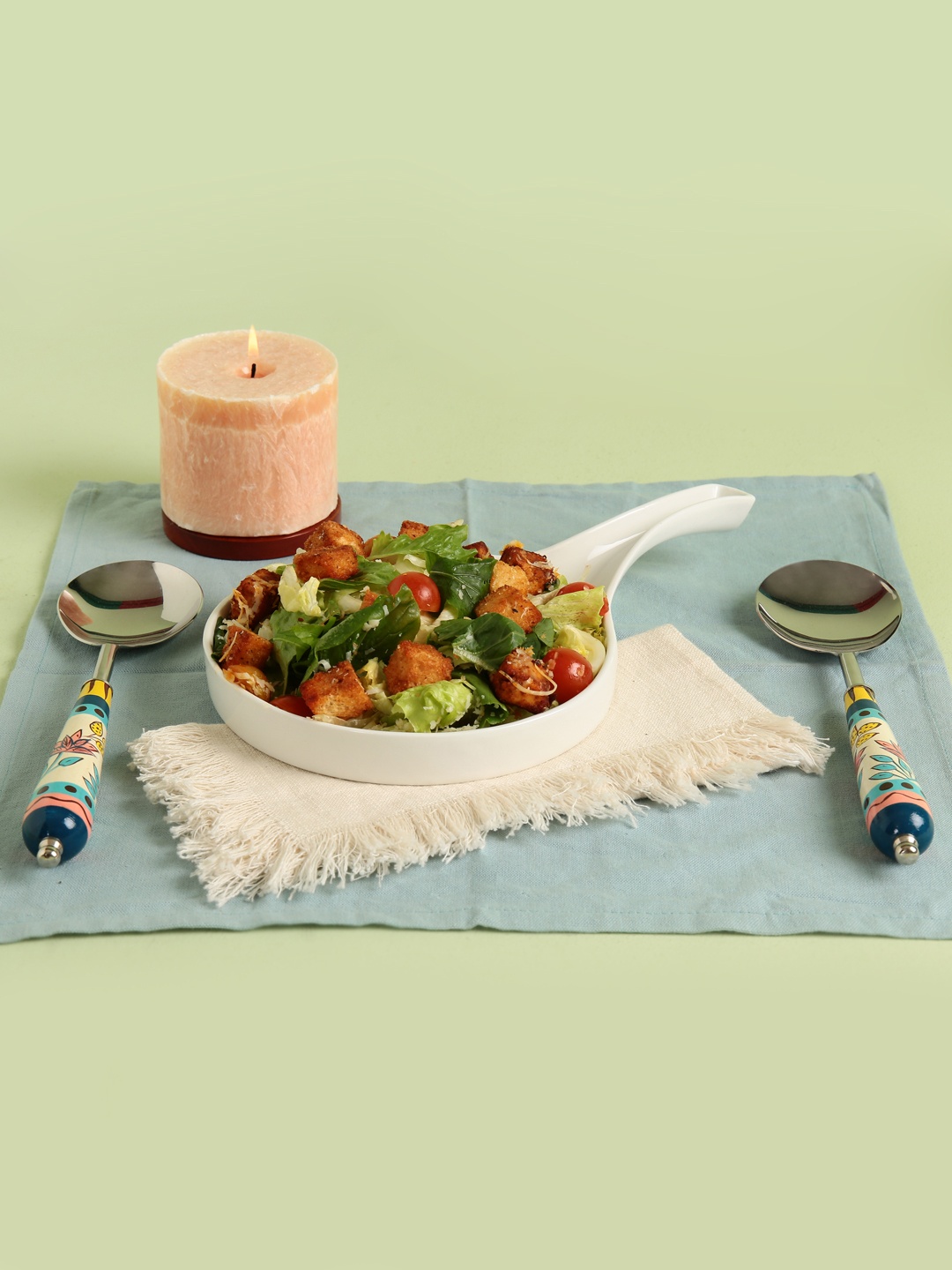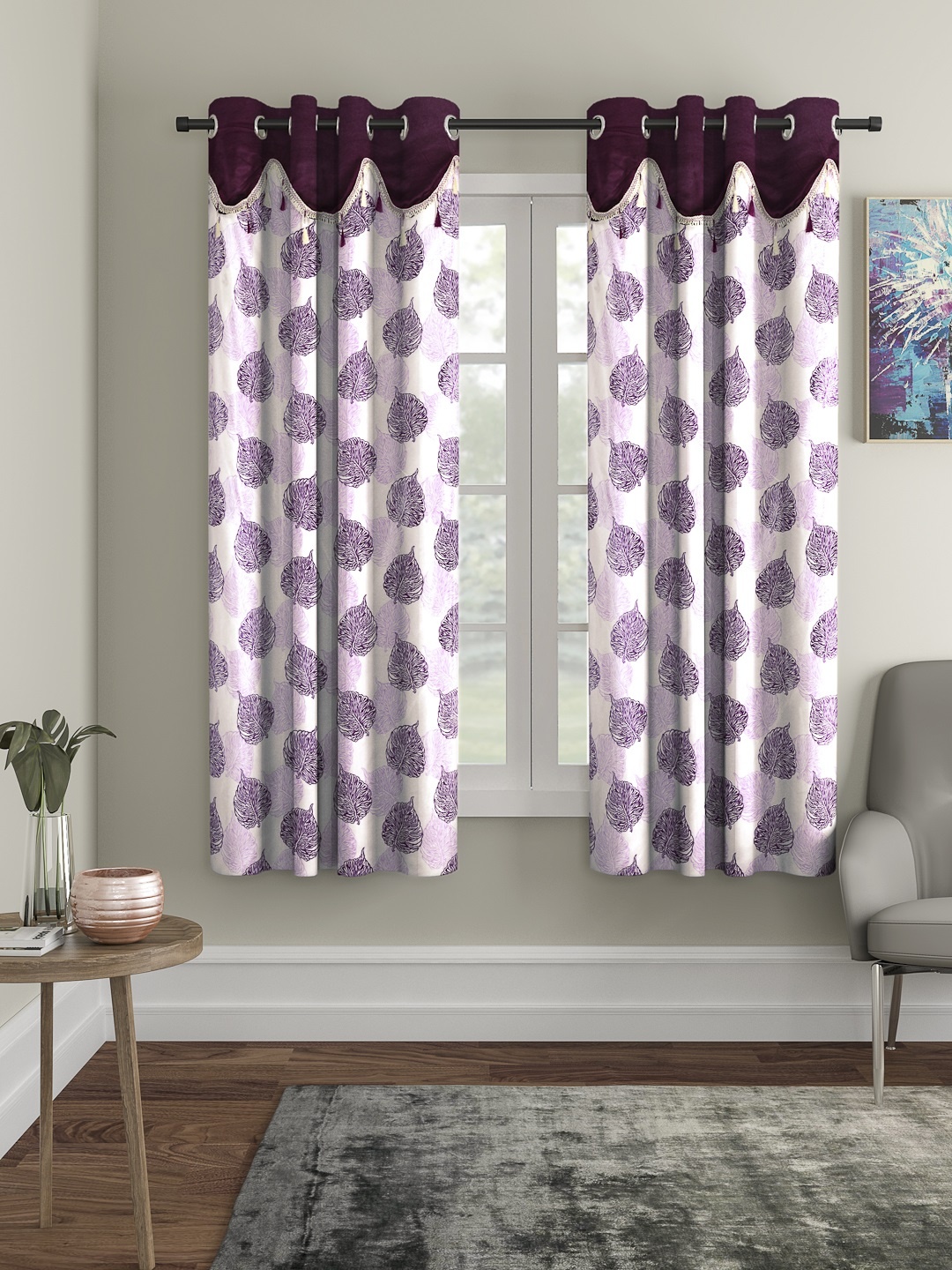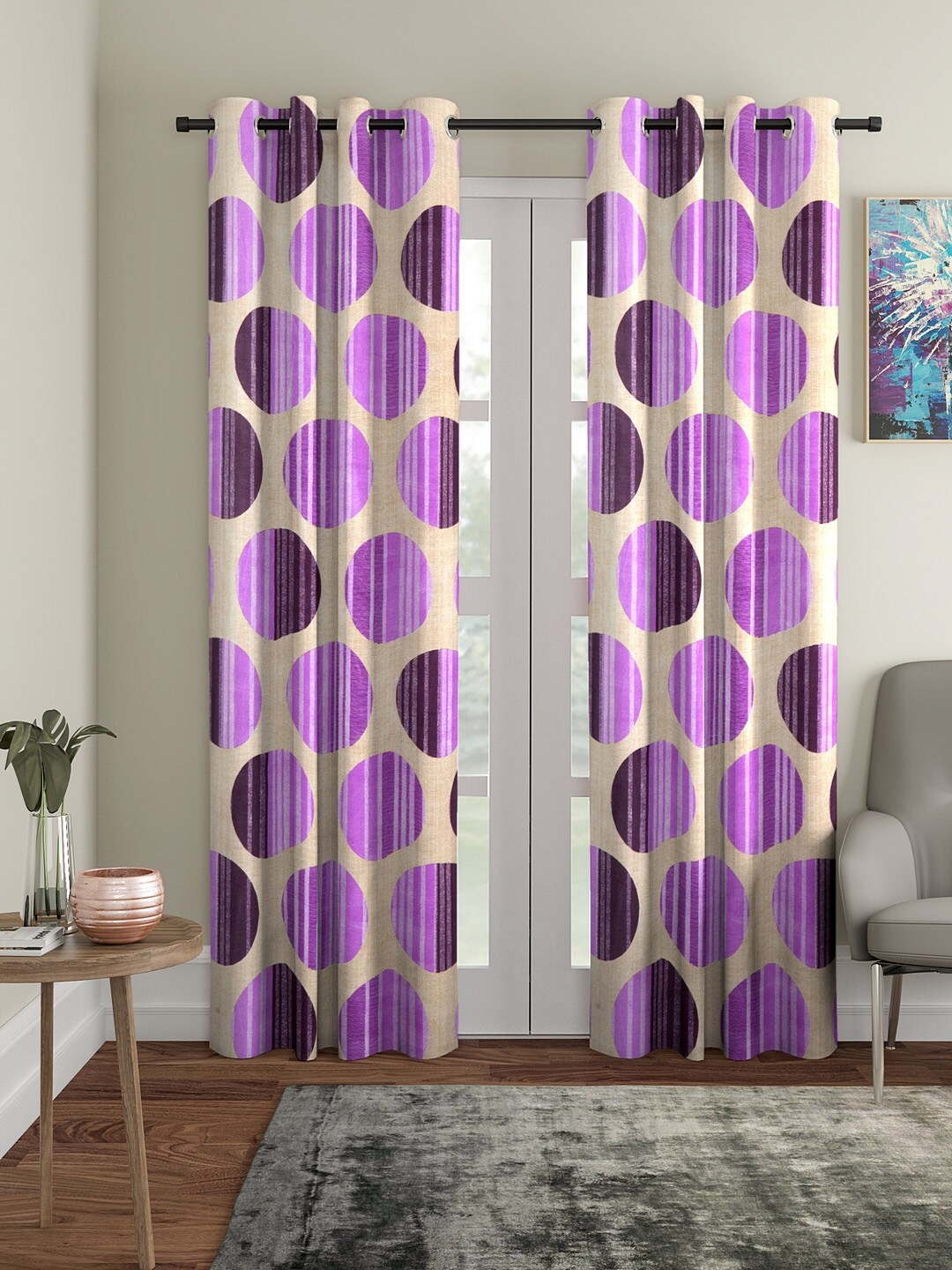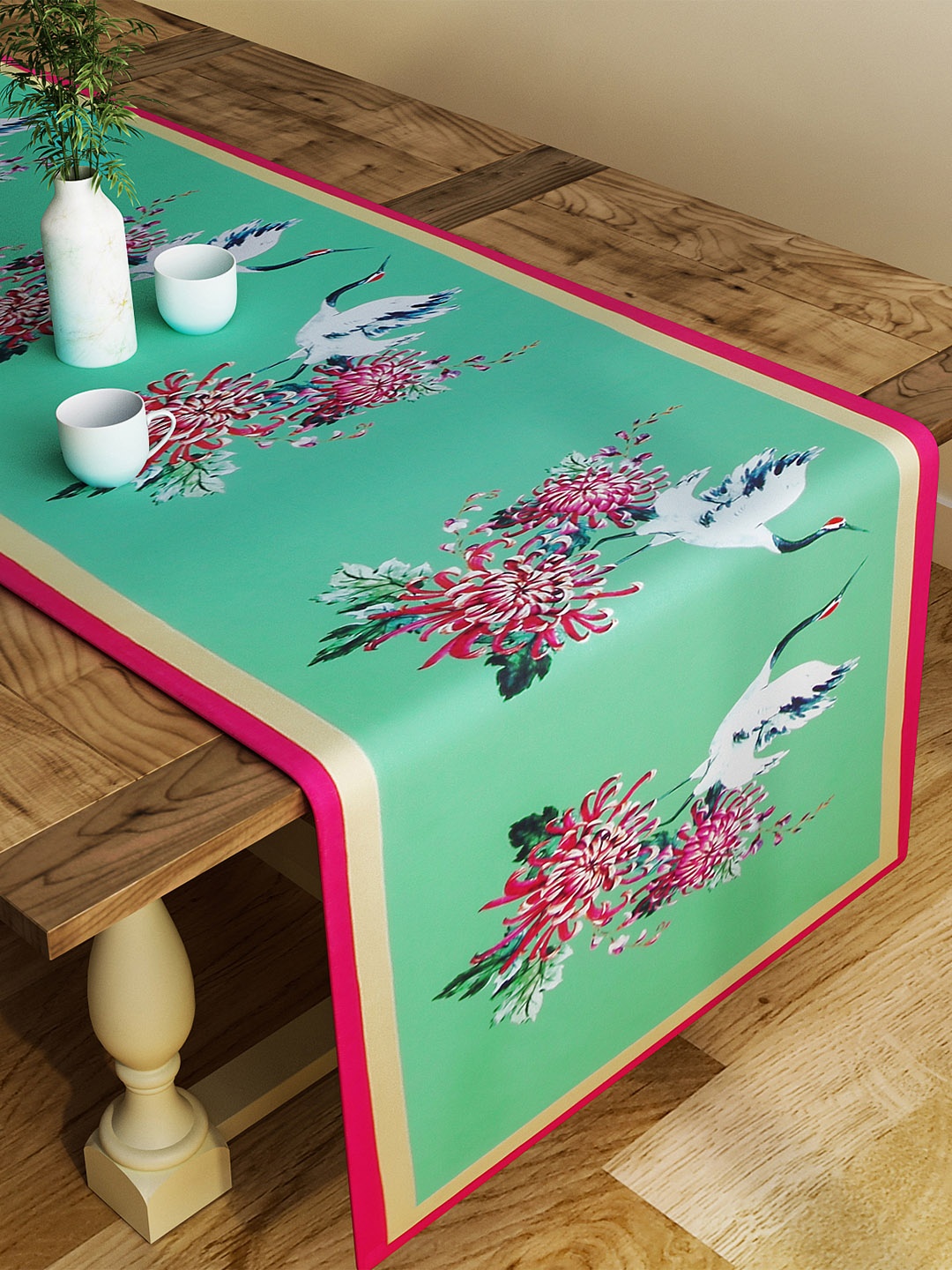When The Taps Run Dry: Smart And Simple Ways To Survive A Home Water Crisis
Running out of water can disrupt everything from your morning tea to your laundry routine. Learn how smart home tools, storage hacks, and clever habits can help you thrive during a water crisis.
Essential Home Solutions For Water Crisis Management
Imagine waking up one morning to find the water pressure reduced to a trickle, or worse, completely dry taps. From brushing your teeth to brewing coffee, every routine suddenly becomes a challenge. Water crises are no longer rare, they are a growing reality across cities and towns, fuelled by erratic rainfall, pipeline issues, and urban overuse. Managing a home during such times demands a blend of awareness, resourcefulness, and smart planning. Fortunately, technology and thoughtful products can make water conservation much more manageable.

Essential Home Solutions For Water Crisis Management
Photo Credit: Pexels
While a water shortage might sound like a distant environmental issue, it often begins right at home. Leaky taps, inefficient washing machines, and careless habits can waste hundreds of litres daily. Addressing these issues doesn't require expensive overhauls, just practical measures, simple tools, and sustainable choices. From advanced filtration systems to compact water-saving gadgets, modern innovations offer reliable support during water crises. Let's explore the most efficient solutions, technologies, and habits that can help every household stay water-secure and resilient when scarcity strikes.
Understanding The Home Water Crisis
Water scarcity is not limited to drought-prone regions anymore. With erratic rainfall, overpopulation, and infrastructure breakdowns, even metropolitan areas face temporary shortages. A household water crisis usually starts subtly, with low pressure, inconsistent supply, or sudden cut-offs. The impact, however, is immediate and wide-ranging, affecting hygiene, cooking, and comfort. Recognising early signs and preparing accordingly can help prevent panic. Knowing where and how your home consumes the most water is the first step in efficiently managing water scarcity. A water audit can reveal surprising wastage patterns.
Also Read: How Safe Is Your Drinking Water? 5 Signs You Need To Change Your Water Purifier Now
Smart Storage Solutions For Water Emergencies
When supply becomes irregular, the ability to store water safely is essential. Installing overhead or underground tanks is a long-term investment for crisis preparedness. For smaller homes or renters, collapsible containers and stackable buckets can be practical alternatives. Clean storage practices are crucial, containers should be covered, disinfected periodically, and kept away from sunlight to prevent contamination. Innovative tanks now come with level indicators and filters that ensure water stays clean. The key is balance, store enough for essentials without hoarding or stagnating excess water.
Recycling Greywater For Household Use
Greywater, the relatively clean wastewater from sinks, washing machines, and showers, can be treated and reused for non-drinking purposes like gardening or toilet flushing. Simple home systems filter soap residues and debris, redirecting the water for secondary use. This approach reduces strain on both the main supply and your bills. Even without sophisticated systems, households can manually collect and reuse washing water for mopping or plant care. As urban water demand increases, greywater recycling is one of the most efficient and eco-conscious adaptations.

Essential Home Solutions For Water Crisis Management
Photo Credit: Freepik
Adopting Water-Efficient Fixtures And Appliances
Modern water-efficient fixtures make an enormous difference. Low-flow taps, dual-flush toilets, and aerated showerheads can cut usage by half without compromising comfort. Water-saving dishwashers and washing machines are now designed with intelligent sensors that adjust cycles based on load. Replacing outdated fixtures with efficient ones is a one-time upgrade that pays off in both sustainability and cost savings. Even small changes, like turning off taps while scrubbing dishes or brushing teeth, amplify conservation. Every litre saved contributes to overall crisis preparedness and long-term resilience.
Harvesting Rainwater For Sustainable Supply
Rainwater harvesting is a centuries-old practice making a modern comeback. It's one of the most direct ways to supplement household supplies and reduce dependence on municipal systems. Collection kits channel rooftop rainwater into storage tanks through filtration pipes, making it safe for household use after minimal treatment. Even a small system can collect thousands of litres during a single monsoon. Urban spaces can adapt rooftop gardens, balcony barrels, or courtyard tanks to capture this free resource. When implemented correctly, rainwater harvesting is both sustainable and empowering.
Also Read: 10 Bathroom Accessories For A Luxe Look In Small Budget
Using Filtration And Purification Wisely
In times of crisis, clean drinking water often becomes the biggest concern. Water purifiers with multiple filtration stages, such as RO, UV, or UF, can remove harmful contaminants and make even stored or rainwater safe for consumption. Portable filters or gravity-based purifiers are valuable backup tools for short-term outages. It's essential to maintain filters regularly to prevent bacterial buildup. Purification isn't just about taste or clarity; it's a safeguard for health. During prolonged shortages, the ability to purify collected or recycled water becomes a lifeline.
Detecting And Fixing Leaks Before They Escalate
A dripping tap or a hidden pipe leak might seem minor, but collectively, they can waste hundreds of litres monthly. Smart leak detectors now alert homeowners through connected apps when unusual moisture levels are detected. For traditional setups, regular inspection of joints, taps, and flush tanks is vital. Sealants, washers, and simple plumbing kits can help fix small leaks instantly. Preventive maintenance ensures that stored or limited water isn't lost unnecessarily. The best water-saving strategy often begins with simply stopping silent leaks before they worsen.
Cultivating Conscious Water Habits At Home
Technology alone cannot solve water scarcity; behaviour plays a central role. Encouraging every household member to be mindful, whether by reusing rinse water, fixing running taps, or timing showers, builds a sustainable mindset. Children can learn water-saving habits early through games or daily routines. Setting up a family “water goal” can turn conservation into a collective challenge. Combining awareness with practical systems ensures that saving water becomes habitual, not occasional. In times of crisis, these small, consistent habits often make the biggest difference.

Essential Home Solutions For Water Crisis Management
Photo Credit: Freepik
A water crisis at home can be unsettling, but it also offers a chance to rethink how we value this essential resource. Smart technologies, efficient appliances, and sustainable practices can transform scarcity into opportunity. By preparing in advance, recycling sensibly, and storing wisely, every household can maintain comfort and safety even during shortages. Awareness is the first step; action is the lasting one. The future of water security lies not only in innovation but also in our collective commitment to using every drop responsibly.
Products That Can Help To Plan Water Security And Deal With Water Shortage
1. RO Waste Water Storage Tank with Tap
2. 4 in 1 Copper RO Water Purifier
3. Low Flow 1.5 GPM WaterSense Standard Faucet Aerators
4. Rainwater Collection System
5. Water Leak Sensor with Dripping Detection
6. Portable Water Filter
7. Instant Electric Water Heater Faucet
8. Collapsible Bucket
9. Water-Saving Showerheads
10. Water Storage Drum
Frequently Asked Questions (FAQs)
Q1. What Is The Most Effective Way To Save Water At Home During A Shortage?
The most effective approach combines leak prevention, efficient fixtures, and habit changes. Using low-flow taps, storing rainwater, and reusing greywater can make a measurable difference.
Q2. How Safe Is It To Reuse Greywater?
Greywater is safe for non-drinking purposes like flushing or gardening when properly filtered. Avoid using it on edible plants unless treated.
Q3. Can Rainwater Be Used For Drinking?
Yes, but only after thorough filtration and purification. A basic filter can remove debris, but a purifier ensures it's safe from bacteria or pollutants.
Q4. What Should I Do During A Sudden Water Supply Cut?
Keep emergency storage filled, use water judiciously, and prioritise essential activities like cooking and sanitation. Portable purifiers and collapsible containers are useful backups.
Q5. How Can Technology Help In Water Conservation At Home?
Smart sensors, efficient washing machines, and app-based leak monitors all contribute to reduced consumption. Technology amplifies awareness and ensures timely action against wastage.
Disclaimer: The images used in this article are for illustration purpose only. They may not be an exact representation of the products, categories and brands listed in this article.








![Steam Iron Teflon Shoe Cover for ES-300,ST-96 [Only For ES-300 and ST-96 Model Electric Steam Irons]](https://m.media-amazon.com/images/I/51wwkttondL._SL160_.jpg)




